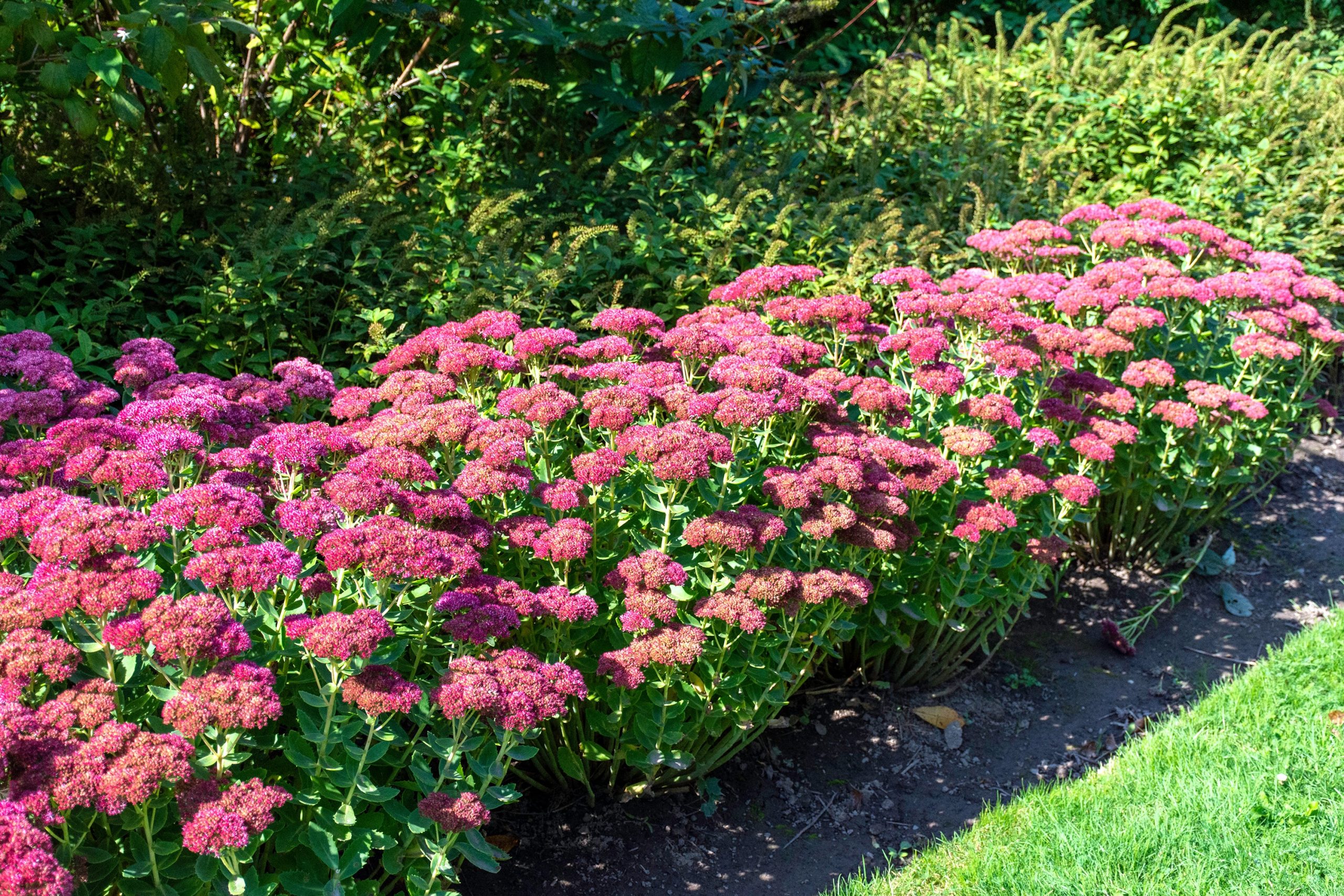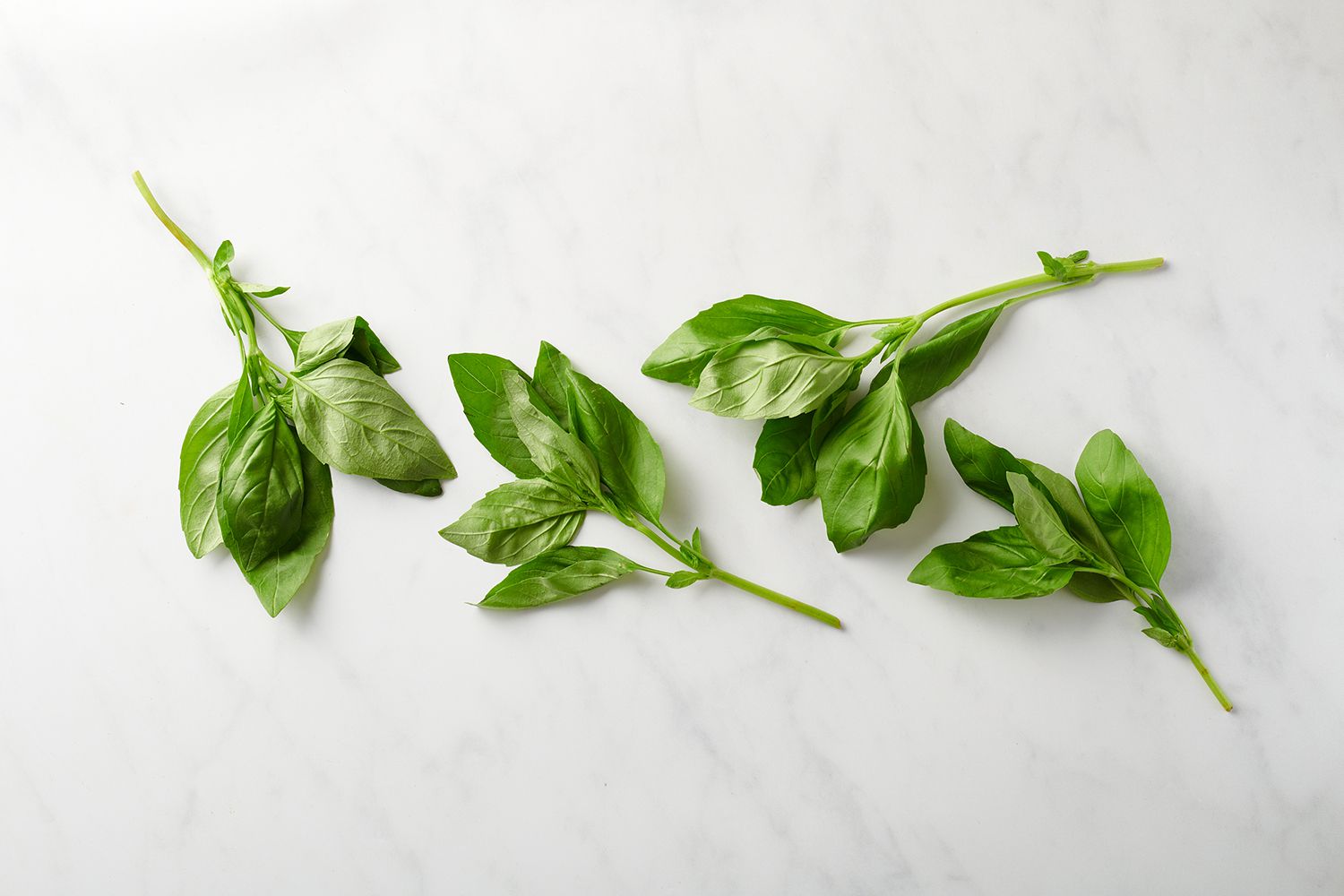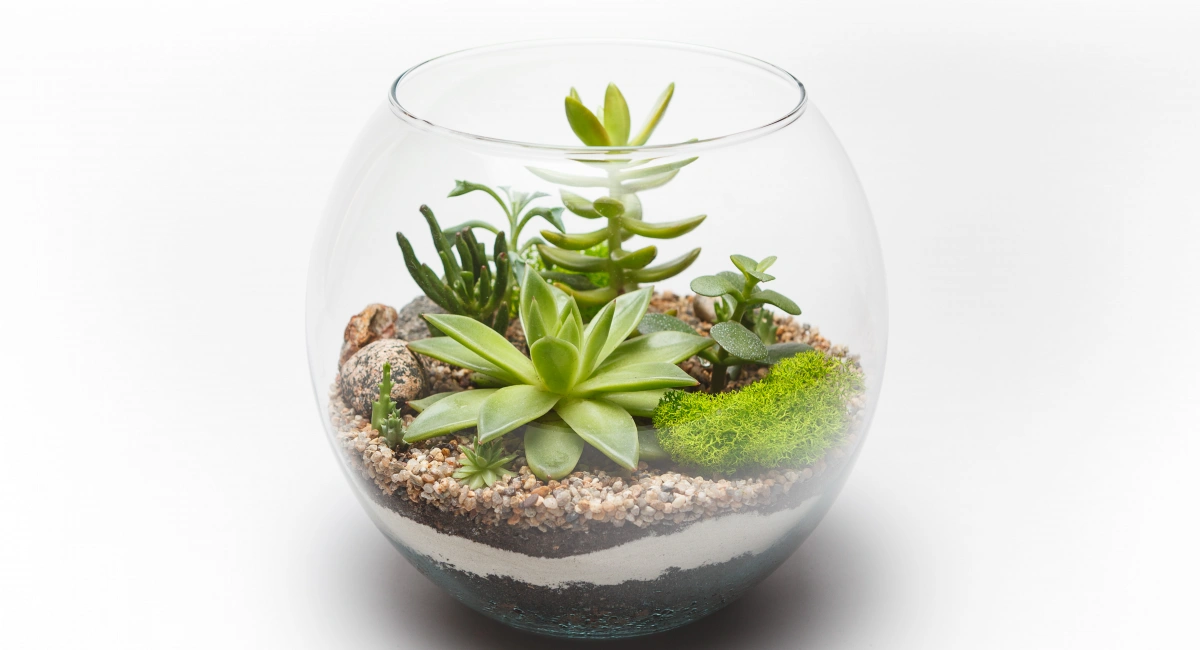Sedum, a genus of succulent plants, is a versatile and resilient addition to any garden. With their diverse range of colors, textures, and growth habits, sedums offer endless possibilities for creating stunning landscapes.
Key Characteristics of Sedum
- Succulence: Sedum plants store water in their leaves, making them highly drought-tolerant.
- Adaptability: They thrive in a wide range of soil conditions, from poor to well-drained, and can tolerate various light levels.
- Low Maintenance: These hardy plants require minimal care, making them ideal for busy gardeners.
- Attractive Foliage: Sedum foliage can be a variety of colors, including green, blue-green, gray-green, and even reddish-purple.
- Colorful Blooms: Many sedum species produce vibrant flowers in shades of pink, red, yellow, and white.
Popular Sedum Varieties
- Sedum spurium: A versatile groundcover that comes in various colors and forms, including creeping, mat-forming, and upright varieties.
- Sedum acre: A low-growing, mat-forming plant with bright yellow flowers that attracts pollinators.
- Sedum spectabile: A tall, upright plant with showy clusters of pink or red flowers that bloom in late summer.
- Sedum kamtschaticum: A spreading groundcover with silver-green foliage and yellow flowers.
Using Sedum in Your Garden
Sedum plants can be used in a variety of ways to enhance your garden’s beauty and functionality:
- Groundcover: Low-growing sedum varieties are perfect for covering bare ground, preventing erosion, and suppressing weeds.
- Rock Gardens: Their drought tolerance and attractive foliage make them ideal for rock gardens.
- Container Gardens: Sedum can be planted in containers to add color and texture to patios, balconies, and entryways.
- Rooftop Gardens: Their ability to withstand harsh conditions makes them suitable for green roofs.
- Border Plants: Taller sedum varieties can be used as border plants to add height and structure to your garden.
Benefits of Growing Sedum
- Attracts Pollinators: Sedum flowers are a valuable source of nectar and pollen for bees, butterflies, and other pollinators.
- Drought Tolerance: Sedum’s succulent nature makes them highly drought-tolerant, reducing the need for frequent watering.
- Low Maintenance: Once established, sedum requires minimal care, making them a great choice for busy gardeners.
- Pest and Disease Resistance: Sedum is generally resistant to pests and diseases, making it a low-maintenance plant.
- Winter Interest: Many sedum varieties retain their foliage throughout the winter, providing interest in the garden during colder months.
By incorporating sedum into your garden, you can create a beautiful, low-maintenance, and environmentally friendly outdoor space.



